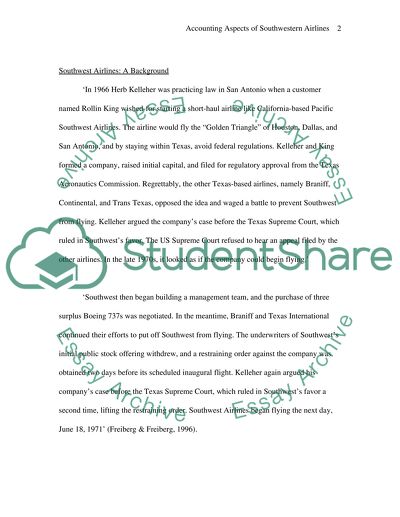Cite this document
(“Accounting aspects of Southwestern Airlines Essay”, n.d.)
Accounting aspects of Southwestern Airlines Essay. Retrieved from https://studentshare.org/finance-accounting/1501435-accounting-aspects-of-southwestern-airlines
Accounting aspects of Southwestern Airlines Essay. Retrieved from https://studentshare.org/finance-accounting/1501435-accounting-aspects-of-southwestern-airlines
(Accounting Aspects of Southwestern Airlines Essay)
Accounting Aspects of Southwestern Airlines Essay. https://studentshare.org/finance-accounting/1501435-accounting-aspects-of-southwestern-airlines.
Accounting Aspects of Southwestern Airlines Essay. https://studentshare.org/finance-accounting/1501435-accounting-aspects-of-southwestern-airlines.
“Accounting Aspects of Southwestern Airlines Essay”, n.d. https://studentshare.org/finance-accounting/1501435-accounting-aspects-of-southwestern-airlines.


